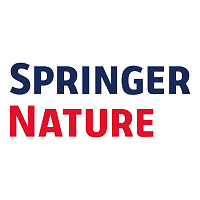The development of a regeneration system from cotton stomatal guard cells directly on epidermal strips is described. The most important factors affecting embryogenic callus initiation in both of the varieties tested (Coker 312 and 315) were the source of the epidermal tissue, including plant age (4-5 months old), the developmental stage of the flower (opening flower stage) from which bracts were obtained, the composition of the culture medium and light irradiance. The flower developmental stage was critical for callus formation, which was observed only from bracts obtained from opening flowers. In addition, epidermal strips excised from the bract basal region were more responsive in culture than those obtained from the top region. Improved callus initiation was obtained on epidermal strips which had their cuticle in contact with the culture medium. Light irradiance was a limiting factor for embryogenic callus formation, which was observed only in calluses cultured under the lower light irradiance (15.8 mu mol m(-2) s(-1)). Somatic embryogenesis was observed on callus cultures subcultured consecutively to a culture medium containing naphthalene acetic acid (10.7 muM) and isopentenyladenine (4.9 muM). Histodifferentiation of somatic embryos was improved on a medium containing naphthaleneacetic acid (8.1 muM) + isopentenyladenine (2.5 muM) and abscisic acid (0.19-0.38 muM) Somatic embryo germination and plantlet development were obtained using established protocols with few modifications. On average, one fully developed plant was obtained from the culture of circa 100 epidermal strips in both cultivars.

Morphogenesis and regeneration from stomatal guard cell complexes of cotton (Gossypium hirsutum L.)
Review badges
0 pre-pub reviews
0 post-pub reviews
